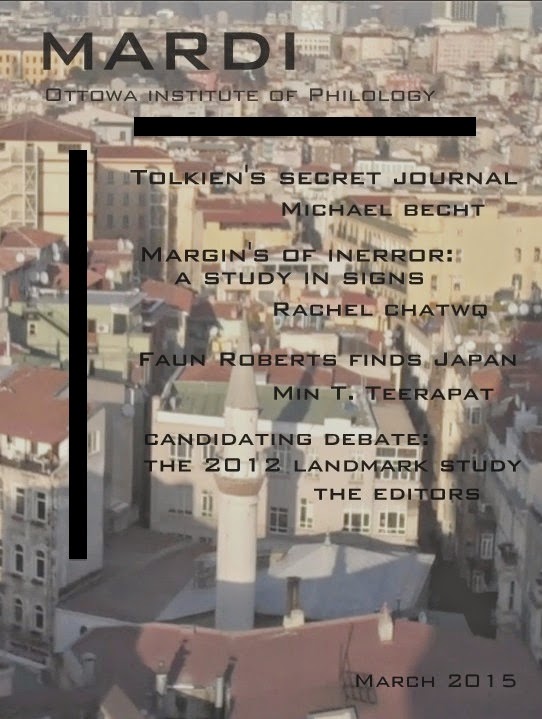If the American expatriate artist Faun Roberts had been a bit more famous the scholarly journals and the doctoral dissertations would be rife with speculation as to who served as her models.
But unfortunately the subject never comes up.
While every two-bit alternative art journal editor can identify Marie-Thérèse Walter and Giacometti's Caroline is as recognizable as a George Washington postage stamp, Roberts' subjects continue to be wrapped in an unnecessary enigma.
And while the universities continue to endow prestigious chairs in their ever-expanding Gender Studies departments, the historical focus continues to be that of feminist grievance rather than female genius.
I continue to be amazed how my research is being constantly eclipsed by fancy critiques of Western hegemonic axes of psycho-symbolic, patriarchal narrative structuralism.
You would think I invented this character of Faun Roberts out of whole cloth!!
Here is a wonderfully lyrical early 20th century modernist painter, living in Paris and hobnobbing with all the heavy hitters and to the academy its as if she never existed!
Well here's a bombshell for you.
 |
| Untitled, oil on Canvas, Faun Roberts 1929 |
In the course of my research I found on the back of this small oil painting from 1929 an inscription that if you hold it up to the light it unmistakably reads: "La Maison des Amis des Livres: AM SB"
That's right sports fans, Adrienne Monier and Sylvia Beach!
Can I have tenure now!!??























